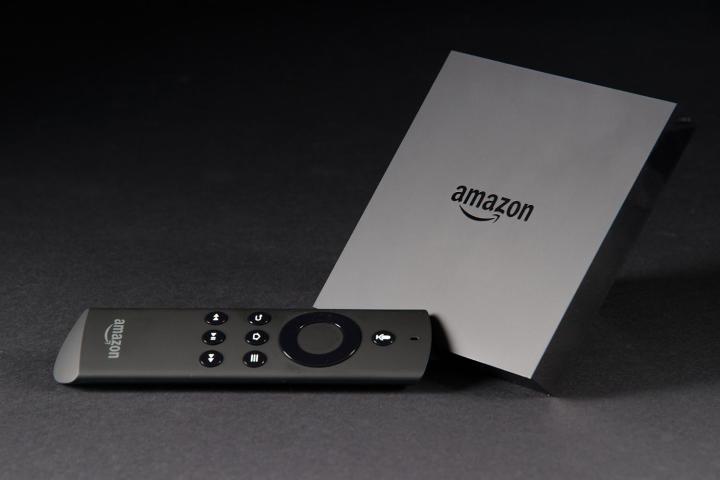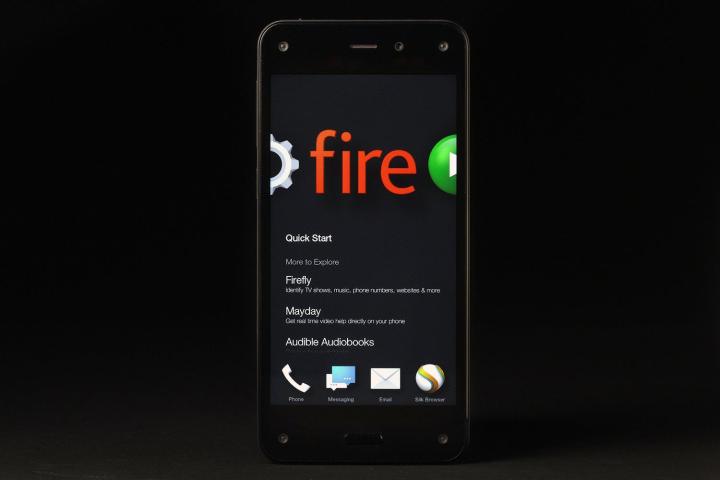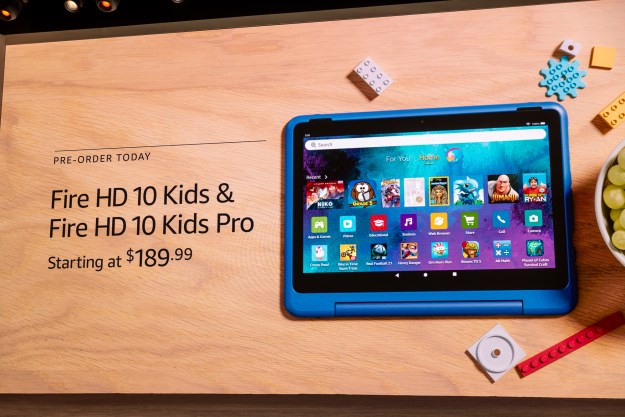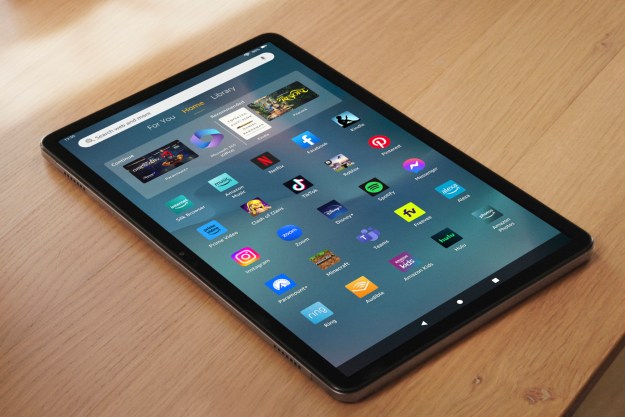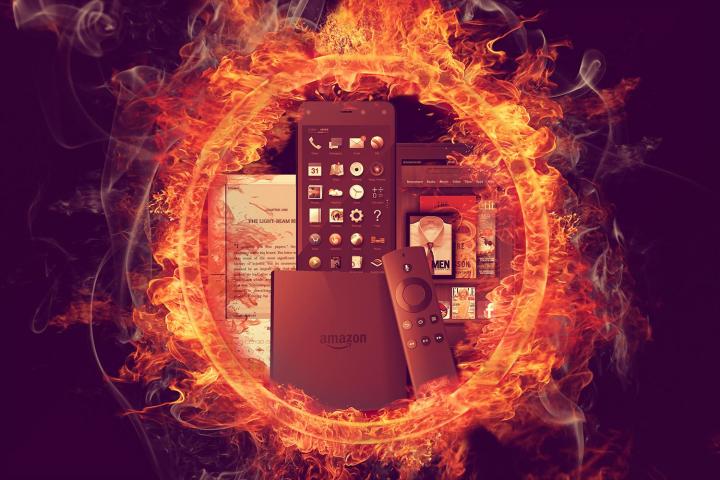
Amazon successfully expanded from selling books to just about everything short of houses and cars in the physical world. In the digital world, the company’s forays into devices mirrors Apple’s (on a much smaller scale, of course). Apple parlayed success with the iPod into the iPhone even though it had the idea for the iPad first. The company went after the larger prize first, and its strength in music was a good fit for another portable listening device — even if it is still trying to piece together a streaming audio strategy among iTunes Radio, Beats Music and the recently acquired podcast app Swell.
Amazon is receiving the worst reception possible for its recently launched Fire Phone.
In contrast, Amazon has ventured away from familiar ground as it strayed into the gadget mainstream. It’s getting less and less successful as it expands its concentric rings of Fire, which spread out like an archery target.
Related: Amazon Fire Phone review: not ready for prime time
The bullseye: Kindle. Amazon’s first device, the Kindle, was a perfect fit for its bibliophilic audience to which the company could easily market books via its high-traffic website. Despite a minimal initial content selection and questionable industrial design at launch, the inclusion of free 3G gave the Kindle an advantage over earlier ebook readers from Sony (which just threw in the towel) and a two-year head start versus Barnes & Noble.
The second ring: Kindle Fire. The Kindle Fire wasn’t as much of a home run as the Kindle, but it was still a strong and disruptive offering that played well to Amazon’s strength and established its platform. By the time the Kindle Fire came out, Amazon had a much stronger grip on the ebook reader market.
On some level, tablets are just color ebook readers, although they’re clearly much more than that. Amazon did a good job shoring up its app and game library and video offerings to be a stronger player here, but tablets aren’t as efficient digital vending machines. Still, many consumers are willing to give up some sunlight reading for color and a lot more versatility.
The third ring: Fire TV. Amazon’s assault on the living room may have a fiery speed advantage over Roku, but little in terms of video content or pricing. Amazon Prime Video is far behind Netflix when it comes to subscribers and use. It’s trying to turn the Fire TV into the first successful Android microconsole, lining up exclusive titles based on such popular mobile franchises as Flappy Bird and To Fu, but that requires the purchase of a controller that represents a 40 percent premium above the price of the base box.
Amazon has ventured away from familiar ground, and is getting less and less successful.
The weakness of Fire phone out of the gate doesn’t mean that Amazon will flop in the world’s largest device market. The company has steadily improved its content ecosystem over the years and recently launched Prime Music, providing a (smattering of) streaming and downloads to users of its free two-day shipping service.
Related: Analysts think Android TV could challenge Fire TV, Roku
Still, it seems unlikely that the company will be able to transition its dominance in ebook readers to a strong position in phones in as successful a way as Apple was able to segue from iPods.
Speaking of rings, should the company circle the wagons?
Editors' Recommendations
- Amazon Fire HD 10 and Fire Max 11 prices slashed… for now
- Amazon’s Big Spring Sale: Save on Galaxy S24, Fold 5 and more
- Best Amazon Fire tablet deals: Save on Fire HD 8, Fire Max 11 and more
- How to install the Google Play Store on an Amazon Fire tablet
- iPhone owner? You need to get this accessory while it’s 50% off
